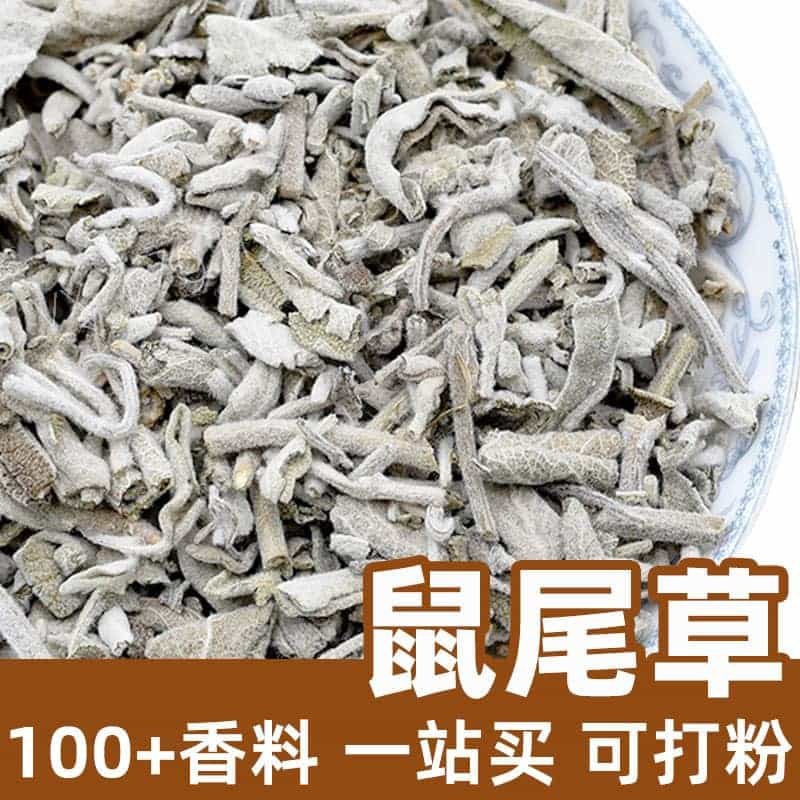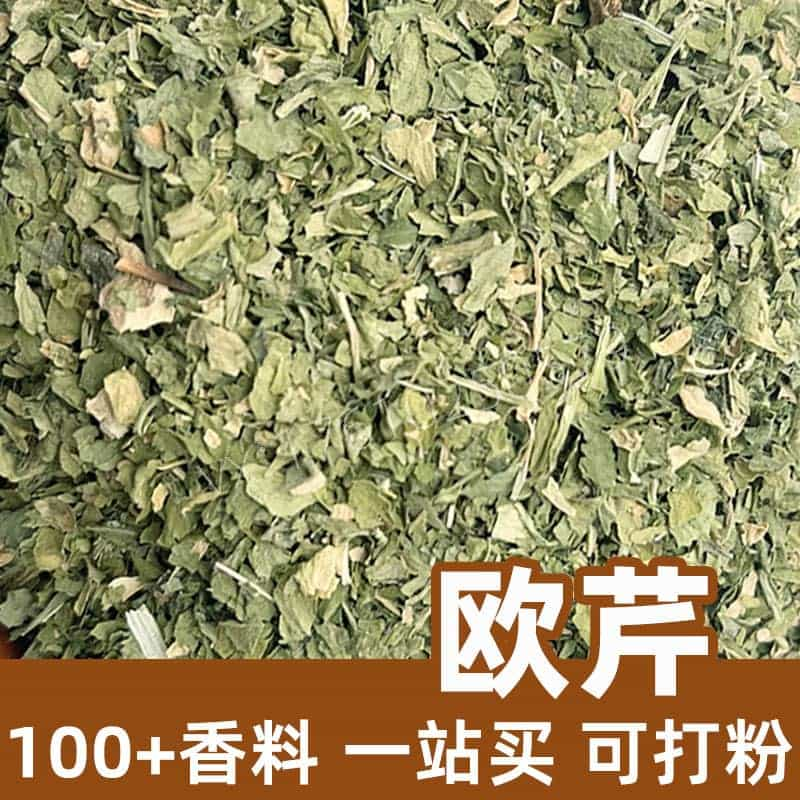Product Introduction
Kava pepper, a spice rooted deeply in the culture of the South Pacific islands, particularly Vanuatu, stands out not just for its culinary uses but also for its rich traditional heritage. Sourced from the roots of the Piper methysticum plant, kava pepper boasts a distinct flavor characterized by a blend of earthiness and subtle spice, making it a unique addition to various dishes. Traditionally, kava has served as more than just a culinary ingredient; it has played a significant role in social and ceremonial practices across the Pacific Islands.
The primary active components of kava pepper are kavalactones, a class of compounds that contribute not only to its flavor but also to its notable calming and relaxing properties. This duality in application—culinary and therapeutic—makes kava pepper a versatile ingredient within modern kitchens and herbal practices alike. In addition to its use in traditional kava beverages, which are prepared by grinding and soaking the roots in water, kava pepper is increasingly incorporated into contemporary culinary recipes as a seasoning for fish, meats, and sauces, bringing a unique aromatic and flavor profile.
Given its roots in traditional practices, kava pepper invites an exploration not only of its gastronomic appeal but also of its cultural significance. As interest in global culinary traditions continues to grow, kava pepper finds its way into more kitchens around the world, catering to both adventurous palates and those seeking its reputed calming effects.
Aromatic Chemical Composition
Kava pepper's aromatic profile features key compounds such as:
- Kavalactones: These include compounds like kavain, dihydrokavain, yangonin, and methysticin, each contributing to the distinctive flavor and potential health benefits.
- Flavonoids: Responsible for some of kava's health-promoting attributes, these compounds offer antioxidant properties.
- Phenolic Compounds: These contribute to both the flavor and the therapeutic efficacy of kava pepper.
What Types of Products Are Available?
Kava pepper is available in various forms for culinary and herbal applications:
- Dried Kava Root: Various grades of dried kava root, typically ground into a fine powder.
- Kava Powder: Often used in beverage preparation and culinary applications.
- Kava Extracts: Concentrated forms of the active compounds, useful in supplements and functional foods.
- Whole Kava Roots: Considered to be of high quality, used primarily for ceremonial purposes.
Application Scenarios and Usage Dosage
Kava pepper finds diverse applications in the culinary field, valued for its flavor-enhancing properties as well as its traditional significance. Here are some key applications and usage dosages:
- Culinary Applications:
- Kava pepper can be effectively used as a seasoning for proteins, particularly fish and poultry. For example, a common application might involve marinating fish in a mixture that includes kava pepper, olive oil, and citrus juices. A dosage of 1-2 teaspoons per pound of fish is often recommended, adjusting according to personal taste and the specific recipe.
- As a spice in soups and stews, a pinch of kava pepper can add depth and complexity. Typically, ½ teaspoon is sufficient for enhancing the flavor of a standard pot of soup.
- Beverage Preparation:
- Kava's traditional preparation as a ceremonial drink involves soaking the ground roots in water. The dosage can vary, but a common ratio is 1 cup of kava powder to 4 cups of water, mixed thoroughly to extract the kavalactones. This beverage is consumed as a means of relaxation and social bonding.
- Infusions and Smoothies:
- Kava pepper can be added to smoothies or health shakes. A dosage of 1 tablespoon per serving can provide both flavor and its soothing benefits without overwhelming the other ingredients.
- For hot infusions, a typical dose is 1-2 teaspoons of kava powder steeped in hot water for 10-15 minutes, consumed for its relaxing effects.
- Baked Goods:
- Chefs and home bakers might integrate kava pepper into baked goods, using it in recipes like scones or muffins. Here, a dosage of ½ teaspoon can harmoniously blend with other spices without overpowering them.
- Functional Foods and Supplements:
- With increasing scientific interest in kava's health benefits, kava extracts are being incorporated into supplements. Doses vary relying on the concentration of kavalactones in the extract, hence it is recommended to follow the manufacturer's guidelines.
When incorporating kava pepper into your culinary repertoire, it's essential to start with lower quantities and adjust according to your palate and desired effects, especially considering its potency as both a spice and a calming agent.
Introduction to the Source Plant, Distribution, and Growing Environment
The kava plant (Piper methysticum) thrives in tropical climates, predominantly in the South Pacific islands. It is cultivated in well-drained volcanic soils and requires a warm, humid environment with adequate rainfall. The plant can grow up to 3 meters tall and has broad, heart-shaped leaves and thick, tuberous roots, which are primarily harvested for their kavalactone-rich content. Its distribution is largely confined to islands like Vanuatu, Fiji, and Tonga, where kava plays an integral role in cultural practices and social gatherings.
Harvesting, Processing, and Storage Preservation
Harvesting kava typically occurs after the roots reach maturity, usually 3-5 years post-planting. The roots are carefully dug up and cleaned of soil before being processed. Traditionally, the preparation involves peeling and thoroughly mashing the roots to release the kavalactones, often using a method involving water soaking and straining, which leads to the iconic kava beverage.
For preservation, dried kava products should be stored in airtight containers, away from light and moisture to prevent degradation. Properly stored, kava can maintain its flavor and potency for several months, making it an enduring ingredient in both culinary and wellness applications.
Monica Sun is a seasoned expert in the natural raw materials industry, with over a decade of experience specializing in traditional Chinese medicinal herbs, spices, and fungi. She is skilled in the sourcing, processing, and application of these materials, emphasizing sustainability and innovation. Monica Sun has contributed to the development of high-quality natural raw materials that serve as essential components in functional foods, pharmaceuticals, and cosmetics, delivering tailored solutions to meet diverse market needs.








.jpg)


.jpg)


